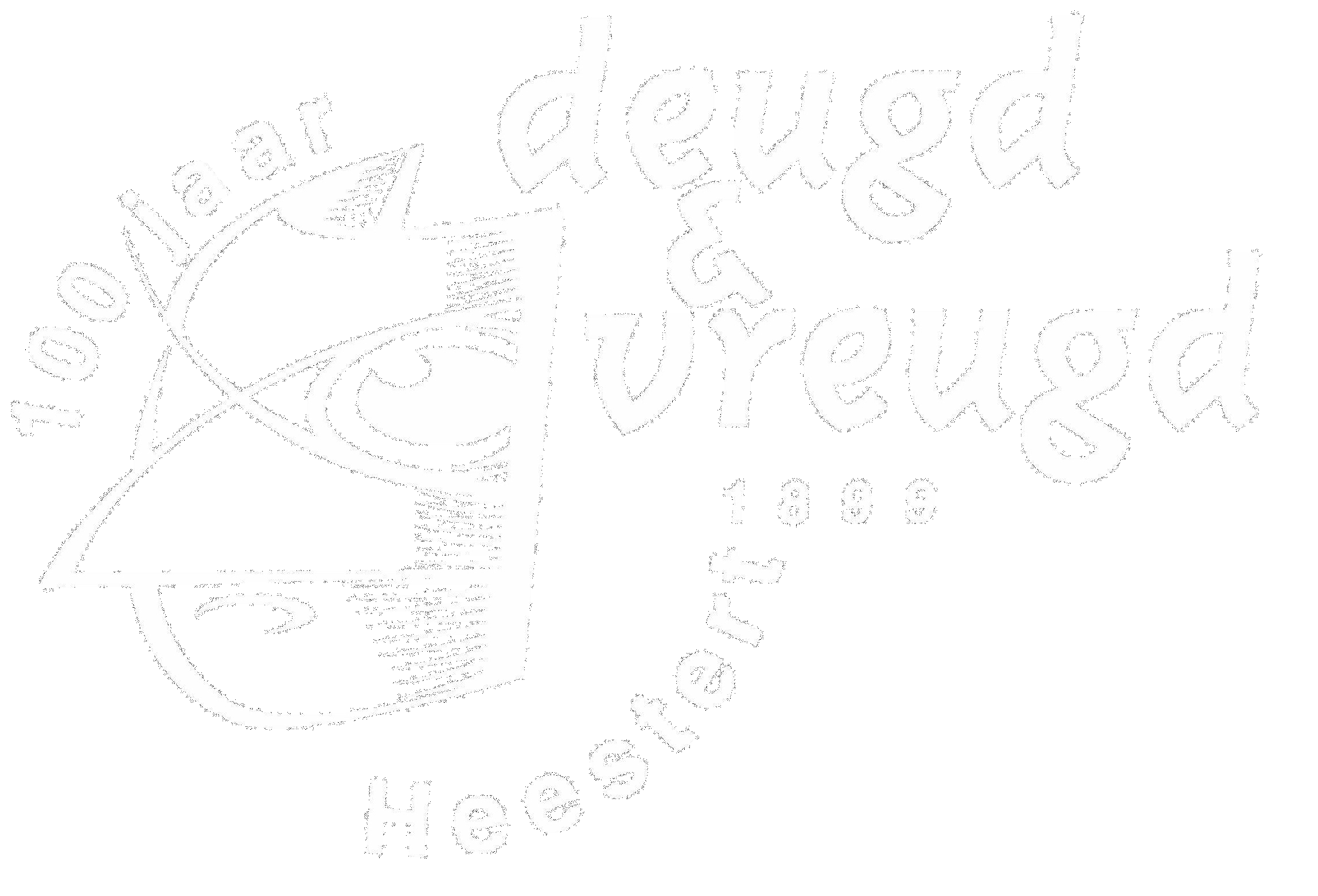
Generic rubrics can be employed to several different tasks within a single mode of interaction (Interpersonal, Interpretive, Presentational).
Generic and Task-Specific Rubrics
Rubrics could be classified as task-specific or generic. The line between the two categories may overlap creating a combination or hybr as is so often the case in assessment
Generic rubrics
ACTFL https://essayshark.ws suggests the following domain names be considered when making rubrics when it comes to three modes of interaction: Functions, Contexts/Content, Text Type, Language Control, Vocabulary, correspondence techniques, Cultural Awareness (ACTFL Efficiency Descriptors for Language Learners). The rubric in Figure 1 is really a generic interpersonal rubric created to be learner-friendly. Learners can ask by themselves the concerns which will be used to evaluate their performance in a discussion in the novice degree. The concerns mirror all the domains except Contexts/Content which will be represented into the range of topic for the learners to go over. This generic rubric serves as helpful information for novice learners to reference any moment these are typically involved with an Interpersonal task. They understand the faculties of a good performance, and understand that they need to show a “strong performance” regularly over numerous novice-level topics to be considered a powerful novice social communicator.
Task-specific rubrics
Task-specific rubrics are utilized with specific tasks, and their requirements and descriptors mirror certain top features of the elicited performance. Tedick (2002) writes: “While some rubrics are manufactured in a way as become generic in range for use with a variety of writing or speaking tasks, it is advisable to consider the duty first and then make sure the rubric represents a fit that is good the job as well as your instructional objectives. In the same way a number of task-types should really be utilized in language classrooms, therefore should a number of rubrics and checklists be utilized for evaluating performance on those tasks” (p. 37). For instance, this Presentational Writing task requires learners to a few images to tell tale into the past about a trip into the monuments in Paris, France. The rubric (Figure 2) centers around control over previous tenses, utilization of tale type, and information that is factual the monuments.
Hybrid rubrics that combine attributes of generic and task-specific rubrics have become beneficial in class room evaluation simply because they offer feedback to learners on broad measurements of language manufacturing with their performance in the specific competencies and knowledge targeted by a particular task within a specific device of instruction. Instructors may keep consitently the generic language manufacturing elements because they are and alter 1 or 2 groups to pay attention to demands for the task that is specific. For instance, the rubric in Figure 3 for the Presentational Writing task includes groups which are generic (used for many writing tasks) and groups which are task-specific. The duty would be to compose an essay that is 5-paragraph the significance of biodiversity in France towards the united states of america. The categories of Organization, Vocabulary, Accuracy, and Culture are elements that are evaluated in all Presentational Writing tasks in this case. A fifth category about the use of a variety of authentic resources is added for this task in addition to these four categories. It’s important to understand that presentational tasks reap the benefits of feedback and subsequent revisions to reach a product that is polished.
Holistic and Analytic Rubrics
Rubrics can also be classified as analytic or holistic. Holistic rubrics describe the faculties of the performance to provide a general judgment regarding the quality of this performance. a rubric that is analytic at the person traits of a performance and judges each characteristic individually.
Holistic rubrics:
In holistic assessment, raters make judgments by forming a general impression of the performance and matching it towards the fit that is best from on the list of explanations from the scale. Each musical organization in the scale defines performance on a few requirements ( ag e.g. text type + vocabulary + language control). 3 or 4 amounts of performance can be present in holistic rubrics. Holistic scales could be either task-specific or generic. Figure 4 is an example of the holistic rubric for a Presentational Writing task.
benefits of holistic rubrics:
- They are usually written generically and may be properly used with several tasks.
- They conserve time by minimizing the true quantity of choices raters must make.
- Trained raters have a tendency to use them regularly, causing more reliable measurement.
- They have been best for summative assessments because they give a general judgment of performance.